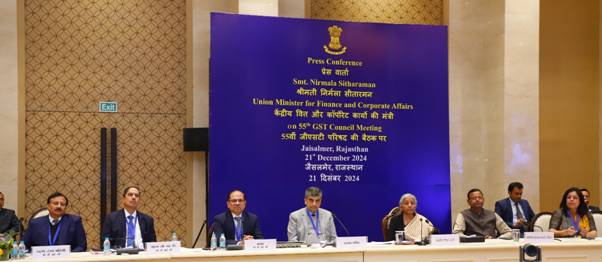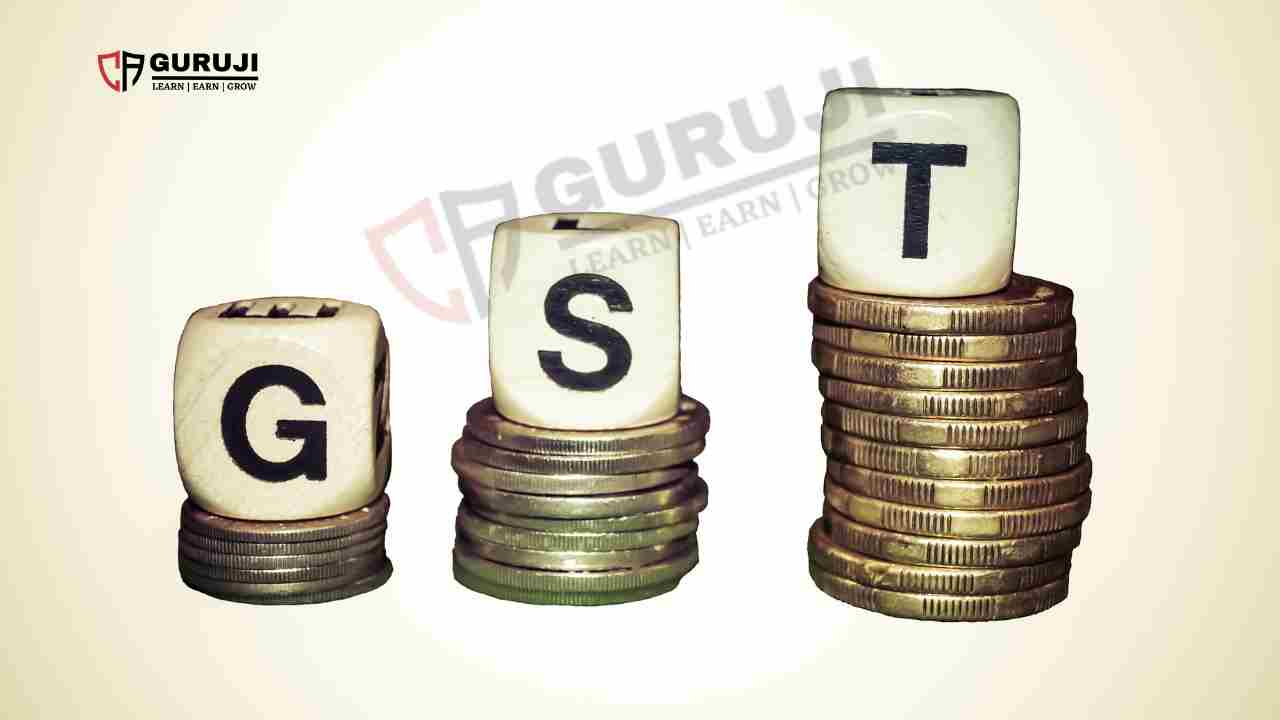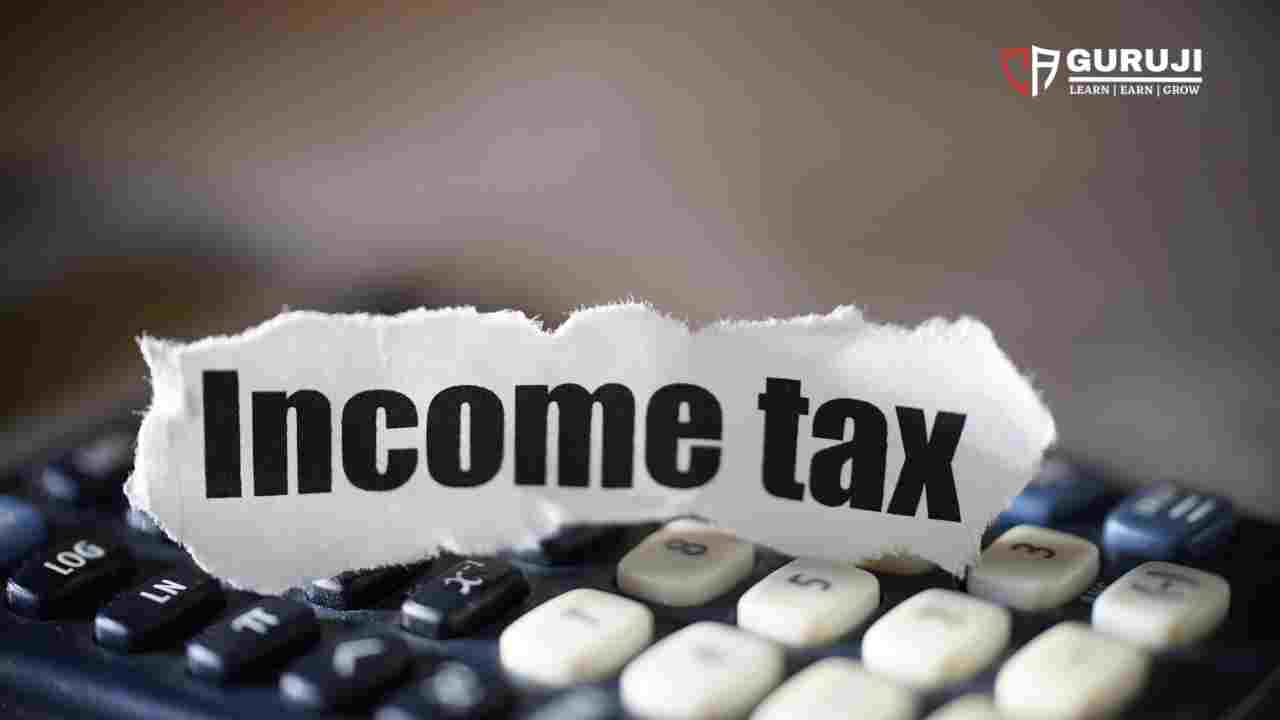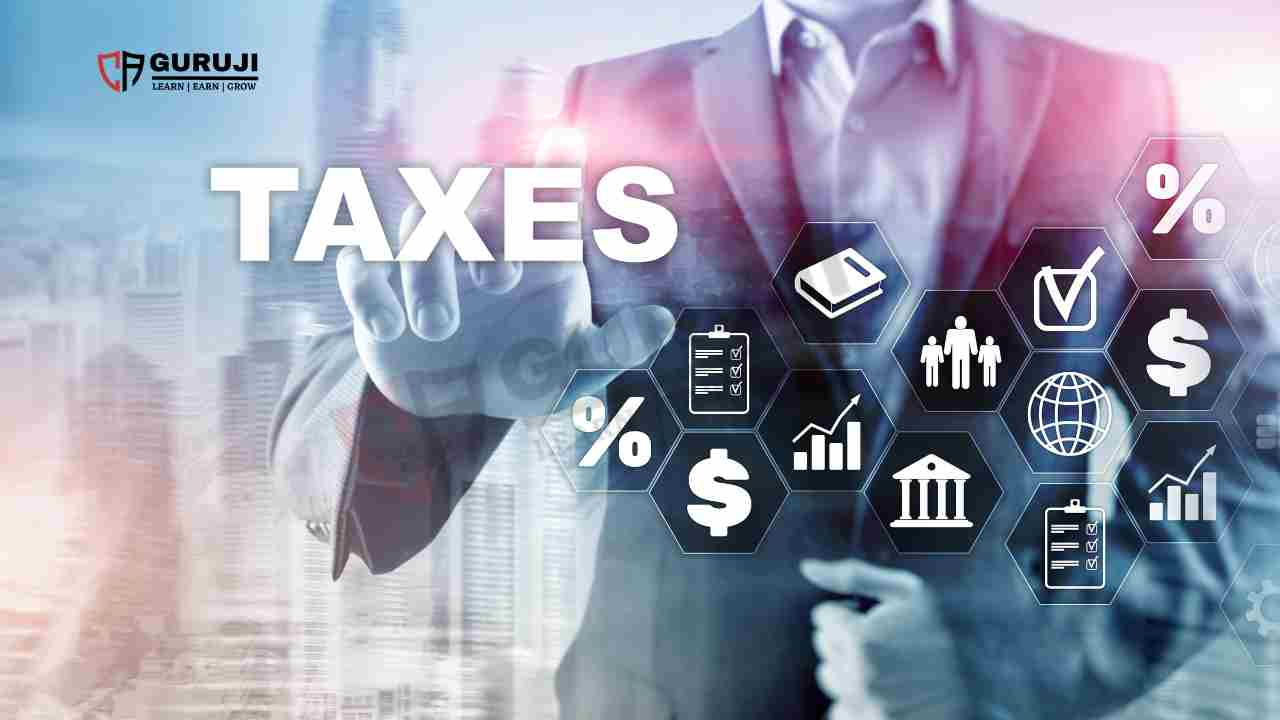Though under the new tax regime you may end up paying no tax on income up to Rs 7.5 lakh and and pay tax at a lower rate when your income goes higher, but old tax regime offers higher tax saving opportunities with various deductions and exemptions. However, these deduction can not be claimed by all taxpayers and apply on only select individuals. Hence, it makes sense for you to check which tax regime will help you save higher tax.
If your income falls under the taxable category, you have to choose between the old tax regime and the new tax regime to calculate taxes. While the income tax rates are relatively lower in the new tax regime, the old tax regime gives you an opportunity to claim higher income tax exemptions and higher income tax deductions, which brings down your taxable income and so lowers your net tax liability. The old tax regime may work well for many taxpayers to reduce their tax outgo if they are eligible for certain deductions and exemptions. Here we explain when the old tax regime will work in your favour.
How to decide which income tax regime will save more tax for you
Under the new tax regime, you will have zero tax liability if your income is Rs 7 lakh or below. If you are a salaried individual, you will also get a standard deduction of Rs 50,000 and, hence, will pay no tax on taxable income up to Rs
7.5 lakh. However, if your taxable income is above Rs 7.5 lakh, you will have to pay income tax on the entire income, though at a lower rate.
“The concessional/new tax regime offers lower tax rates but with fewer deductions and exemptions. Taxpayers have the option to opt for this regime if they forego most of the deductions available under the old tax regime,” says Suresh Surana, Founder, RSM India. “Under the new tax regime, taxpayers cannot claim deductions under various sections such as 80C, 80D, 24, etc. However, some deductions such as standard deduction, family pension are available.”
So, if your taxable income is above Rs 7.5 lakh, it makes sense to do a comparison of your tax liability in the old and new tax regimes. “The comparison of the beneficial tax regime between the old and new tax regimes in India in terms of tax-saving opportunities depends on various factors, including individual income levels, eligible deductions, investment preferences, liquidity, emergency funding requirement, etc,” says Surana.
Old tax regime works for people who can claim higher tax deduction
There are many deductions and exemptions that you can utilise in the old tax regime. “Which tax regime is better will depend on the deductions claimed,” says Suresh Sadagopan, Founder, Ladder7 Financial Advisories. Higher the deductions you can claim, better the chances of saving more tax with the old tax regime; else the new tax regime can be a better option.
1.Dual benefit of tax saving and investment: The old tax regime helps you do regular investment and enjoy tax saving as well. “The old tax regime does offer many tax-saving opportunities. The new tax regime does not incentivise the investor based on tax-saving investments. In that sense, the old tax regime forces one to save as a compulsion, albeit to save taxes,” says Sadagopan.
You can claim deduction of up to Rs 1.5 lakh for eligible investment under Section 80C. “Since the highest tax bracket in India attracts a considerable tax rate, any deductions claimed under the old tax regime can result in substantial tax savings for individuals in this bracket. For example, deductions for investments in specified instruments like PPF or ELSS can reduce the taxable income by up to Rs 1.5 lakh under Section 80C,” says Surana.
2. Makes your financial protection more affordable – You get a deduction benefit if you spend money to pay the premium of an insurance policy. You can claim deduction on life insurance premium payment of up to Rs 1.5 lakh under Section 80C. If you have taken a health insurance policy for yourself, spouse and children, you can claim a deduction of up to Rs 25,000 that you
pay as premium if you are below the age of 60. Additionally, you can claim up to Rs 50,000 if you pay the premium of a health insurance policy taken for senior citizen parents.
3. Helps you bring down taxable salary with retirement saving – For a private sector employee, this gives an opportunity to invest in NPS through the employer and bring down the taxable salary. This option is available in both the new as well as old tax regimes. However, you get a broader tax saving opportunity with the old tax regime. Your employer can deduct up to 10% of your basic salary and contribute it towards your NPS, which will effectively bring down your taxable income and, hence, save taxes.
4. Extra tax saving for retirement through NPS – Most of the time, the Rs 1.5 lakh limit under Section 80C is exhausted by EPF contribution, education fees of children and home loan principal repayment — without even investing a single penny in NPS. This is where an additional Rs 50,000 investment option under Section 80CCD (1B) gives you a real opportunity to invest in NPS, over and above the Rs 1.5 lakh limit, and enjoy income tax deduction as well.
5.Helps you save income tax on higher income with eligible allowances – If you are living in a rented accommodation and receiving house rent allowance (HRA) as a part of your salary, this helps you get substantial tax saving. People living in a metro get up to 50% of their salary as HRA, which can help them bring down their taxable income and save a good amount of tax. In some situations, you can avail the HRA benefit despite having a home loan if the house is in a different city and is a let out property. Similarly, if you are getting Leave Travel Allowance as part of your salary, you can save more by claiming this exemption for the money spent on your travel.
6. Makes acquisition of asset taken on loan less costly – Home loan is known to be one of the least expensive borrowing option as the interest is among the lowest in retail loans. This helps many people buy a home with only a down payment amount and pay the rest with the help of the home loan. A home loan borrower can claim up to Rs 2 lakh deduction each financial year under Section 24 (b) on account of interest payment. This works both in the case of a self-occupied house or a let out house.
7. Many other deductions and exemption for specific categories – You can claim deduction under Section 80G for donations made to eligible institutions. You can claim Rs 10,000 as deduction on interest earned on saving bank accounts, under Section 80TTA. Senior citizens can claim up to Rs 50,000 deduction on interest earned on specified deposits.
If you have an education loan, you can claim deduction for the full amount you pay as interest. The list of deductions and exemptions under the old tax regime is quite long and applies to select taxpayers if they meet specific conditions.
8. Maximising your tax saving helps in wealth building – Every penny that you can save from your hard-earned money is a penny earned well, especially when it comes to taxes. So if you are eligible for many of the above deductions and exemptions, you should consider opting for the old tax regime to reduce your tax outgo. “For individuals with substantial deductions under various sections of the Income Tax Act, sticking to the old tax regime may result in higher tax savings compared to the new regime,” says Surana.
However, if your situation does not make you eligible for such significant deductions, consider the new tax regime as it may help you save taxes on higher income. “The new tax regime simplifies the tax structure and reduces the tax burden for many taxpayers, especially those who do not have significant deductions under the old regime or prefer a simpler tax calculation process,” says Surana.
Things to be cautious about tax regime selection
There are some restrictions on the frequency of changing the tax regime. So be cautious while switching. “An individual not deriving any income from business or profession may choose the option between the old tax regime and new tax regime in each financial year. However, a taxpayer deriving income from business or profession who has exercised the option of opting out of the prevalent new tax regime u/s 115BAC can exercise the option of opting back to the said new tax regime only once,” adds Surana.
Visit www.cagurujiclasses.com for practical courses
Check out on Amazon:
📖Products I Use for Videos and for my office: https://amzn.to/3JEVbcj
📚Income Tax Books: https://amzn.to/3qI3lK9
📚GST Books: https://amzn.to/43XmdmA











